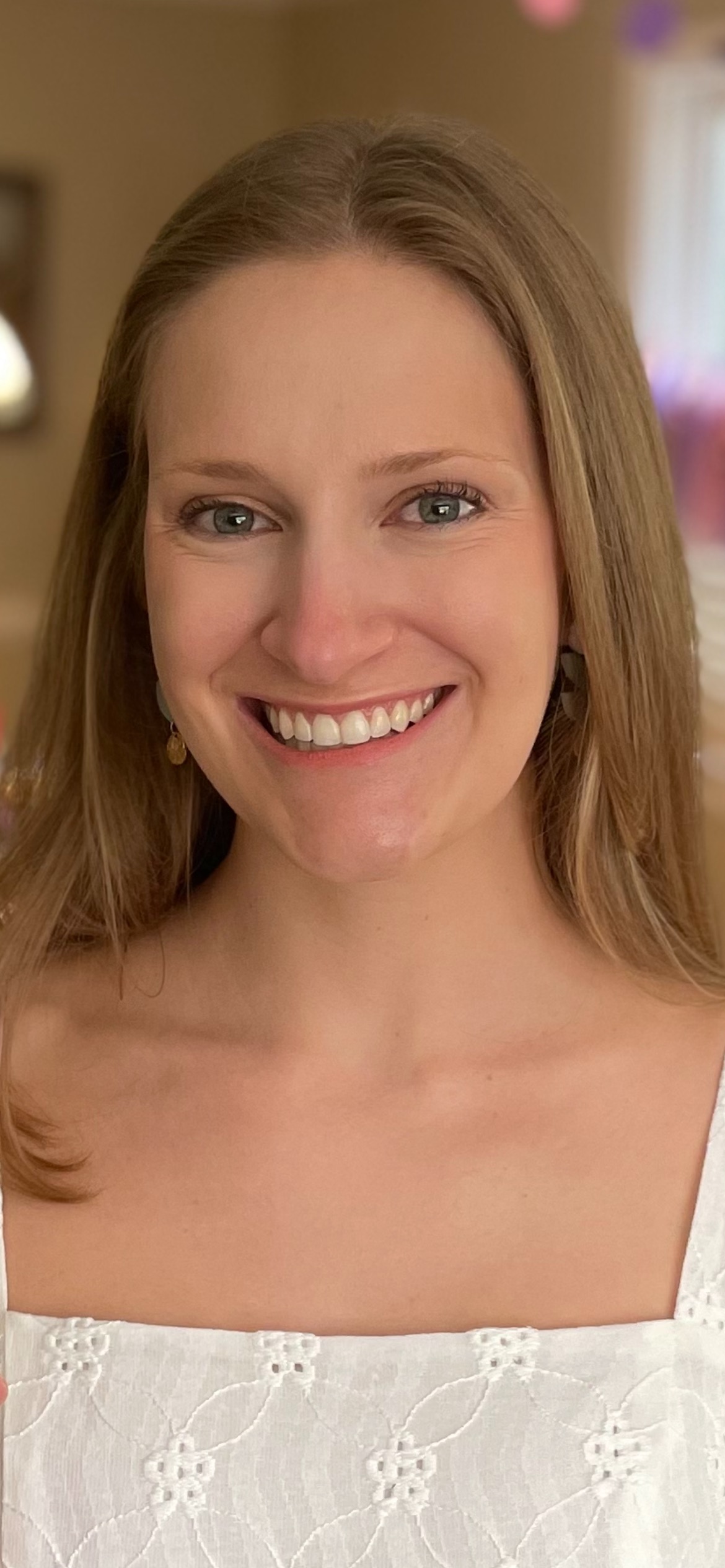SP01-PS13: Strengthening Inter-Rater Reliability of Cheiloscopy Examiners Through Training and Practice
Thursday, July 25, 2024
5:00 PM - 7:00 PM CST
Earn: 2.0

Emily S. Regan, RDH
Carroll, Alperin, & Casteen Family Dentistry (clinical); Old Dominion University (educator)
Virginia Beach, Virginia
Poster Presenter(s)
PROBLEM STATEMENT: Cheiloscopy is the study of the unique patterns formed by the grooves and ridges of the lips; like fingerprints, these patterns have the potential to aid in human identification. Research on inter-rater reliability (IRR) of cheiloscopy examiners is lacking and demonstrates low levels of agreement.
PURPOSE: This study tested the effect of a researcher designed training and practice intervention on IRR examiner skills to classify cheiloscopy patterns.
METHODS: This IRB-approved (#1973106-3) experimental pilot study presented the lower middle third portion of 50 lip prints to N=46 senior dental hygiene students from two bachelor’s degree institutions. Senior dental hygiene students were recruited by email to serve as cheiloscopy examiners and separated into two groups. The experimental group received a 15-minute training and practice intervention classifying lip prints that were not included in the study, while the control group did not receive training or practice. All examiners were asked to manually analyze and classify the prints according to the gold standard Suzuki and Tsuchihashi classification system.
RESULTS: A total of 40 examiners (n=20 experimental, n=20 control) participated. Fleiss Kappa estimates revealed a significant difference in rater agreement levels between the two groups (p < 0.05). The experimental group had higher levels of rater agreement (33.5%) compared to the control (23.4%); however, agreement levels for both groups were found to be at the fair level (κ = 0.23, 0.34). Despite improved examiner performance among the experimental group when compared against the control, results indicate low levels of IRR agreement among all participants. Therefore, the training and practice intervention did not improve examiner skills to a good IRR level (κ = 0.61-0.80).
CONCLUSION: Based on the results of this study, further research on training and practice interventions for cheiloscopy classification is needed to improve examiner agreement levels and reliability.
All abstract authors:
Emily Regan, RDH, MS
Brenda Bradshaw, RDH, MS
Ann Bruhn, RDH, MS
Walter Melvin, DMD
Sinjini Sikdar, Ph.D.
PURPOSE: This study tested the effect of a researcher designed training and practice intervention on IRR examiner skills to classify cheiloscopy patterns.
METHODS: This IRB-approved (#1973106-3) experimental pilot study presented the lower middle third portion of 50 lip prints to N=46 senior dental hygiene students from two bachelor’s degree institutions. Senior dental hygiene students were recruited by email to serve as cheiloscopy examiners and separated into two groups. The experimental group received a 15-minute training and practice intervention classifying lip prints that were not included in the study, while the control group did not receive training or practice. All examiners were asked to manually analyze and classify the prints according to the gold standard Suzuki and Tsuchihashi classification system.
RESULTS: A total of 40 examiners (n=20 experimental, n=20 control) participated. Fleiss Kappa estimates revealed a significant difference in rater agreement levels between the two groups (p < 0.05). The experimental group had higher levels of rater agreement (33.5%) compared to the control (23.4%); however, agreement levels for both groups were found to be at the fair level (κ = 0.23, 0.34). Despite improved examiner performance among the experimental group when compared against the control, results indicate low levels of IRR agreement among all participants. Therefore, the training and practice intervention did not improve examiner skills to a good IRR level (κ = 0.61-0.80).
CONCLUSION: Based on the results of this study, further research on training and practice interventions for cheiloscopy classification is needed to improve examiner agreement levels and reliability.
All abstract authors:
Emily Regan, RDH, MS
Brenda Bradshaw, RDH, MS
Ann Bruhn, RDH, MS
Walter Melvin, DMD
Sinjini Sikdar, Ph.D.

.png)